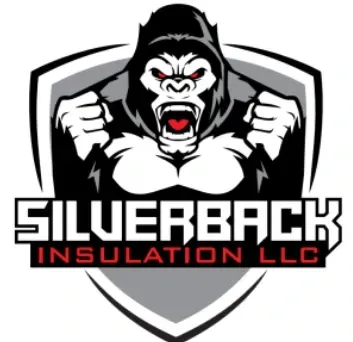Maximize Energy Efficiency and Comfort in Your Commercial Building with Blown-In Insulation
with Silverback Insulation LLC
Our Mission
Commercial Blown-In Insulation in Astor, Florida
Blown-in insulation is a game-changing solution for commercial properties looking to improve energy efficiency and reduce operating costs. By filling gaps in walls, ceilings, attics, and other hard-to-reach spaces, this insulation method effectively blocks drafts, prevents heat loss, and improves overall thermal performance. Whether you’re managing a large office complex, retail space, or industrial facility, blown-in insulation ensures a consistent, comfortable indoor environment year-round, while reducing strain on your heating, ventilation, and air conditioning (HVAC) systems.
The Problem We Solve
Rising Utility Costs?
Extreme Weather Conditions?
Blown-in insulation offers a reliable, cost-effective way to combat these challenges. It forms an airtight seal in your building's structure, filling cracks and corners that traditional insulation might miss. This results in improved temperature regulation, reducing the workload of your HVAC system and lowering energy consumption. The outcome? Significant long-term savings on energy bills and a more comfortable, productive workspace for your employees, tenants, or customers.
By investing in blown-in insulation for your commercial building, you're not only increasing energy efficiency but also enhancing property value and sustainability. It's a smart choice for businesses that want to stay ahead in an increasingly eco-conscious market.
Our Solution
Maximize Comfort
and Savings
At Silverback Insulation, we make upgrading your commercial building's insulation simple and stress-free. From thorough evaluations to professional installation using premium materials, our team takes care of every detail with precision and expertise. Whether you're upgrading insulation in a large office, retail space, or industrial facility, we ensure a seamless process from start to finish. Sit back and relax while we enhance your building’s energy efficiency and comfort.
How Blown-In Insulation Works for Commercial Buildings
Blown-in insulation is an efficient and precise method of insulating commercial spaces such as offices, warehouses, and retail stores. This technique uses loose-fill materials like fiberglass, cellulose, or mineral wool, which are blown into walls, attics, ceilings, and other hard-to-reach areas. By filling gaps, cracks, and corners that traditional insulation methods often miss, blown-in insulation provides complete, seamless coverage. The result? Reduced air leaks, improved thermal performance, and a noticeable boost in your building’s overall energy efficiency. Blown-in insulation is especially beneficial for retrofitting older commercial properties and for projects where maximizing coverage and performance is key.
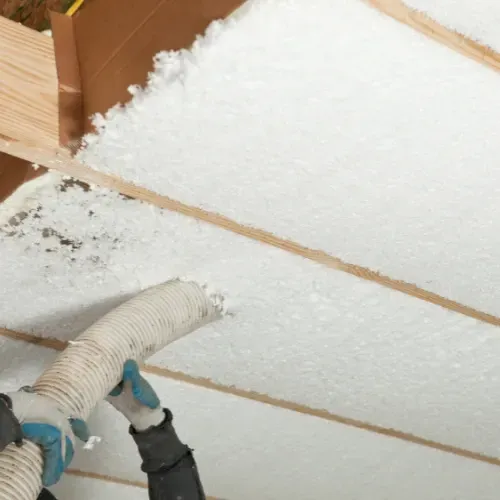
Blown-In Insulation Installation Process for Commercial Buildings
The installation of blown-in insulation for commercial spaces is a precise and efficient process. Using a specialized blowing machine, loose insulation materials—such as fiberglass, cellulose, or mineral wool—are blown into wall cavities, attics, ceilings, and other hard-to-reach areas. The insulation is evenly distributed to ensure complete coverage, effectively sealing gaps and cracks that traditional insulation methods may miss. This process requires minimal structural changes, making it quicker and less invasive for your commercial property. Our professional installers carefully monitor each application to guarantee the right density and coverage for optimal energy efficiency and durability.
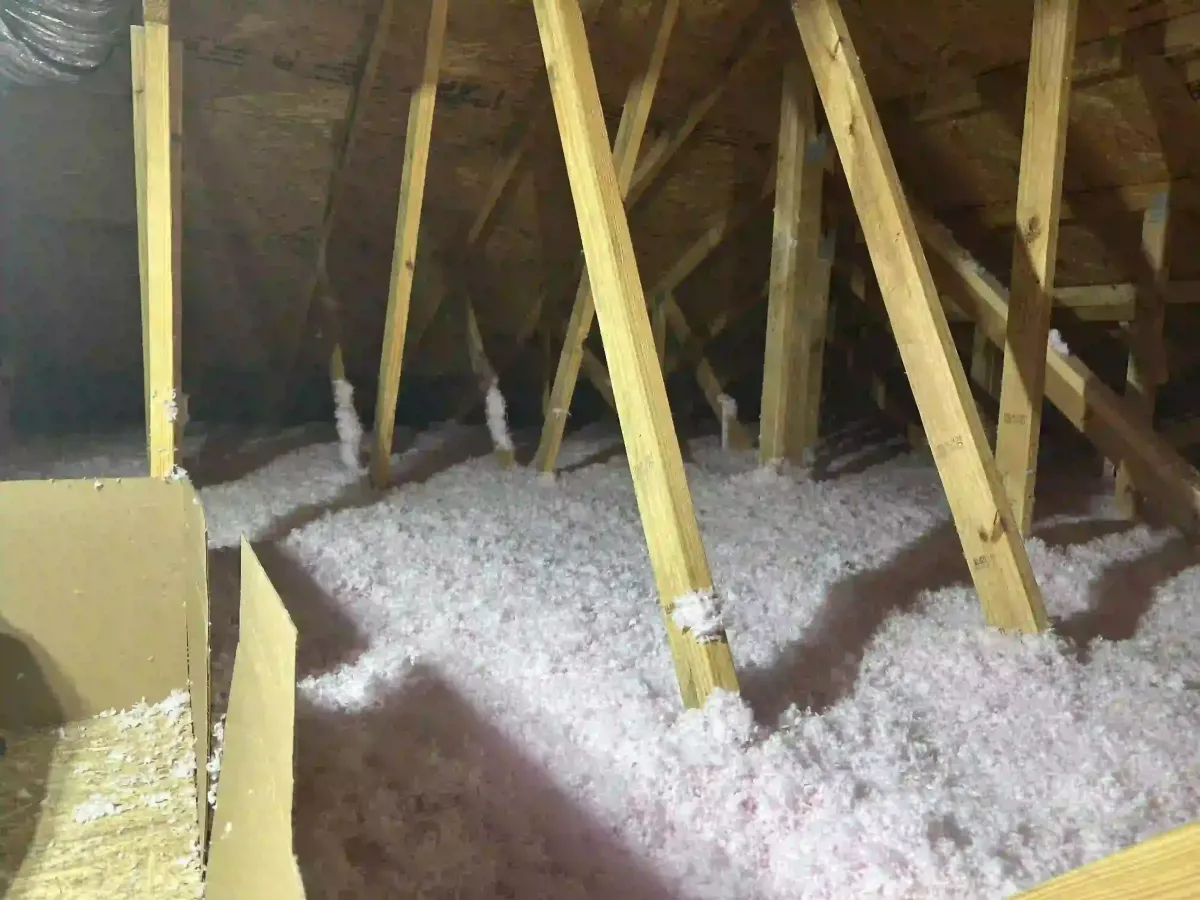
Creating a Reliable Thermal Barrier
Blown-in insulation works by trapping tiny air pockets within the material, creating an effective thermal barrier that slows the transfer of heat. This helps maintain a consistent indoor temperature throughout the year, easing the load on your HVAC systems. For commercial properties, this leads to significant energy savings, increased comfort for employees or customers, and improved overall efficiency. Additionally, the insulation often provides soundproofing benefits, making your space quieter and more conducive to productivity.
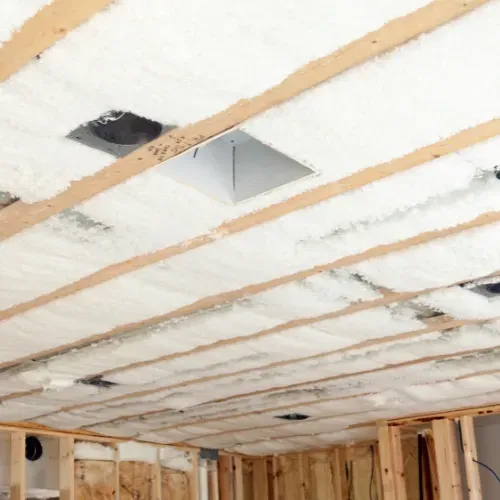
Long-Term Performance and Minimal Maintenance
While some settling of blown-in insulation is expected over time, the material is designed to retain its thermal properties for many years. During installation, our professionals account for settling to ensure the insulation remains thick enough to continue providing maximum effectiveness. Regular inspections may be recommended to check for any needed topping-up, but in most cases, blown-in insulation maintains excellent performance with minimal maintenance. Its longevity and reliability make it a smart, cost-effective investment for both commercial and residential properties.
Everything You Need
Key Benefits of Blown-In Insulation for Commercial Properties

Enhanced Energy Efficiency
Blown-in insulation plays a crucial role in reducing energy costs for commercial buildings by sealing gaps and minimizing air leaks. This results in improved thermal efficiency, helping to maintain consistent indoor temperatures year-round. As a result, your heating and cooling systems work more efficiently, leading to lower energy bills and improved overall comfort for your employees, tenants, or customers.
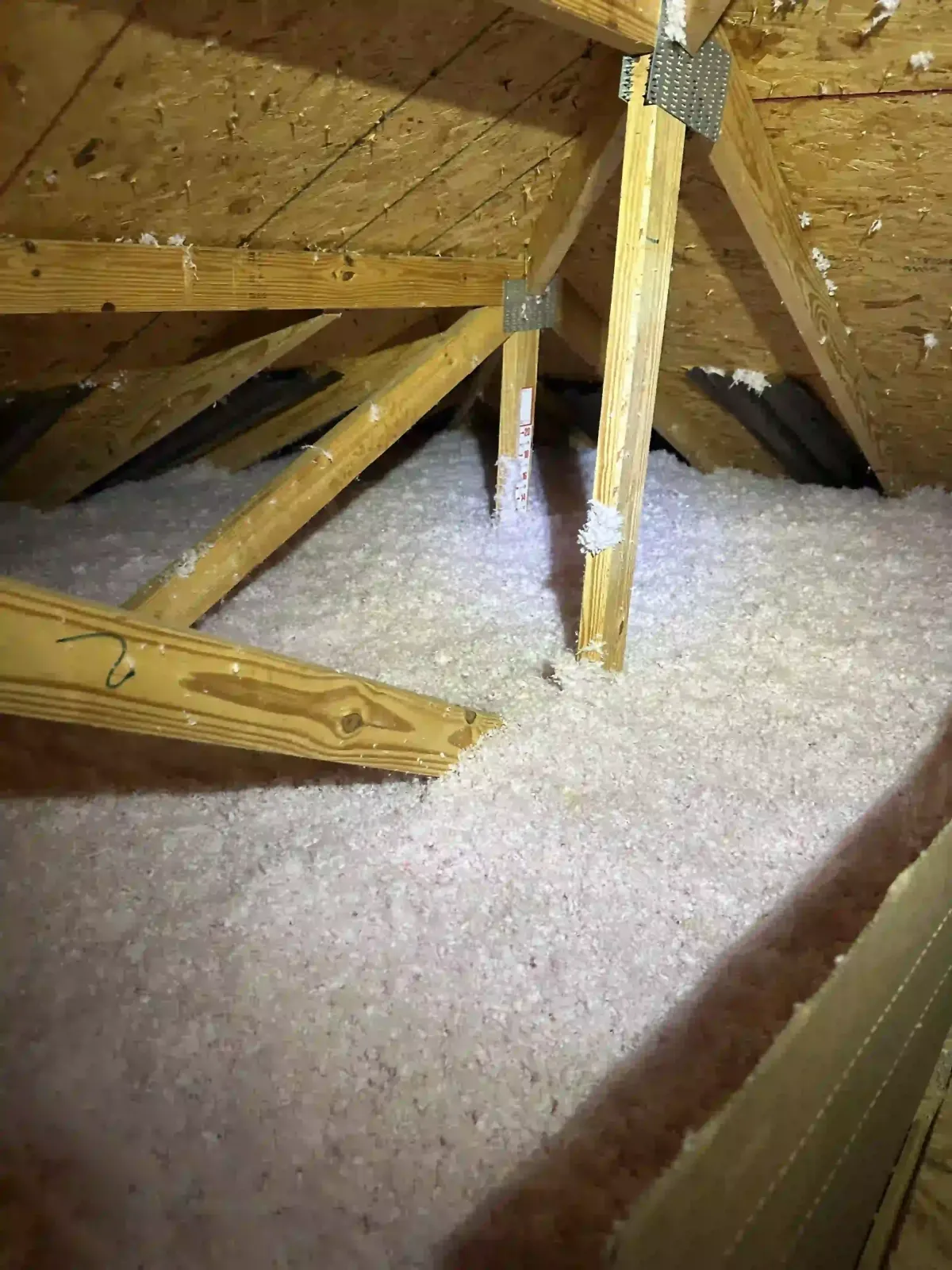
Soundproofing Benefits
Blown-in insulation is also an excellent solution for enhancing sound control in commercial spaces. Whether you're in an office building, hotel, or retail environment, filling walls, ceilings, and floors with blown-in material helps block unwanted noise, creating quieter, more comfortable workspaces. This is particularly beneficial in open-concept areas or multi-tenant buildings where noise reduction is essential for productivity and comfort.
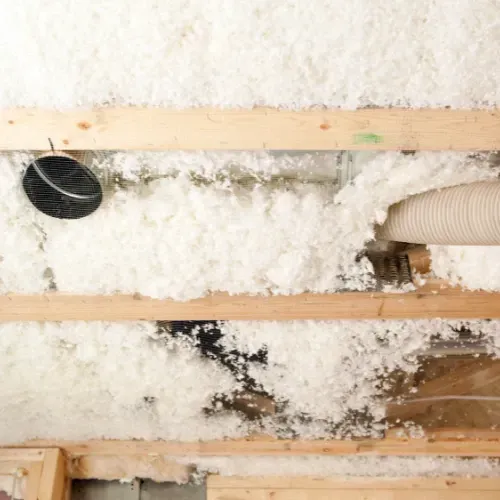
Moisture Resistance
Blown-in insulation helps prevent moisture buildup in your commercial building by reducing air gaps where condensation might occur. This added layer of moisture resistance helps protect your property from mold growth, mildew, and potential structural damage, ensuring a healthier and safer indoor environment for your building occupants.
A Proven Path to Your Perfect Space
Our Process

Consultation
Share your vision, and we’ll help refine it with expert advice.

Design & Planning
Receive a custom plan tailored to your needs.

Relax While We Work
Our team handles every step of the project, from installation to cleanup.

Enjoy Your Lower Energy Costs
Access cost savings and comfort for years to come.
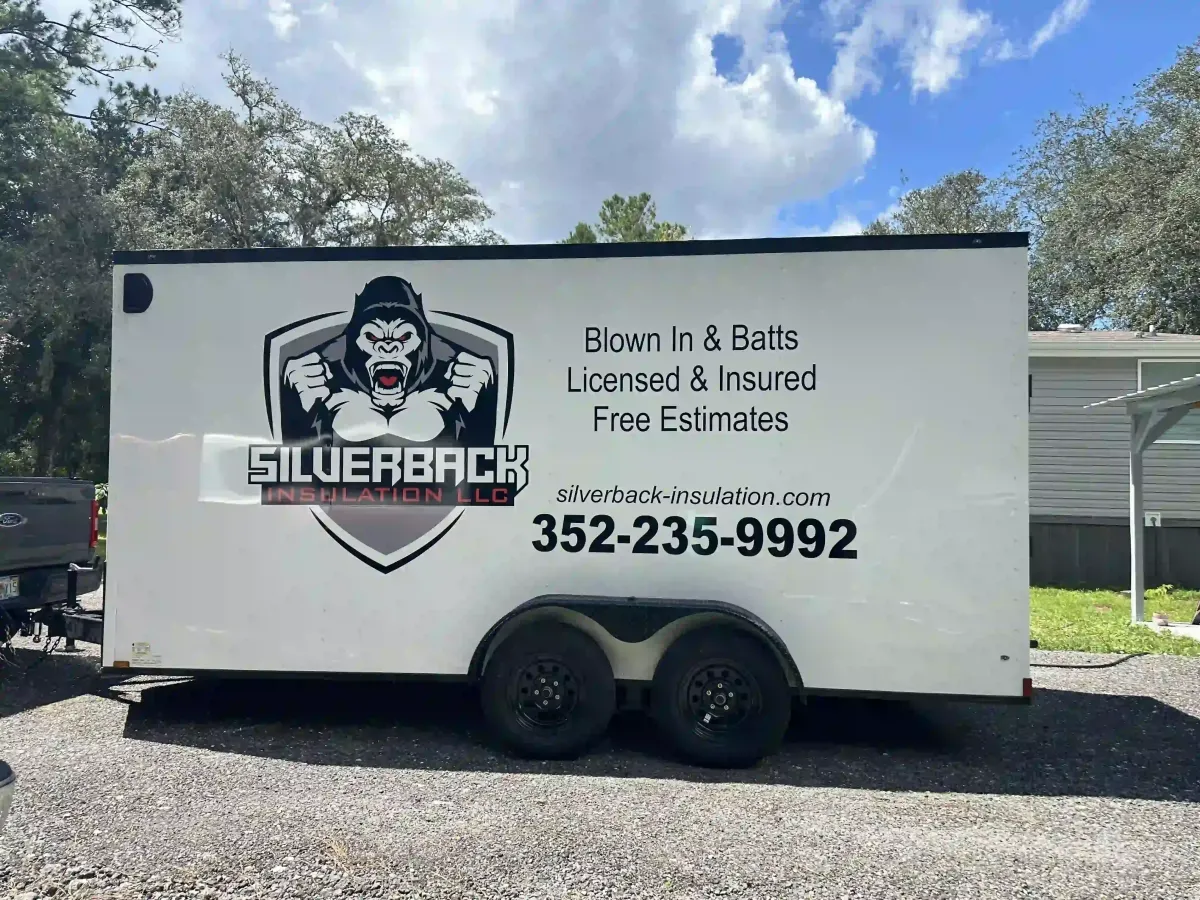
We Listen, We Deliver, We Excel
Why Choose Us for Your Blown-In Insulation for Commercial needs?
We are a Family Owned & Operated business.
20+ Years of insulation experience.
Attention to detail in every project.
Transparent pricing with no surprises.
Frequently Asked Questions
What is Blown-In Insulation for Commercial Buildings?
Blown-in insulation is a highly effective method of insulating commercial properties, such as offices, retail spaces, warehouses, and industrial buildings. Using specialized equipment, loose-fill materials like fiberglass, cellulose, or mineral wool are blown into walls, attics, ceilings, and other hard-to-reach areas. This technique ensures complete coverage and provides superior thermal efficiency, helping to maintain consistent indoor temperatures and reduce energy consumption in commercial spaces.

What Materials are Used in Blown-In Insulation for Commercial Buildings?
The most common materials used in blown-in insulation for commercial buildings are fiberglass, cellulose, and mineral wool. Fiberglass is lightweight, non-combustible, and cost-effective, offering excellent thermal resistance. Cellulose, made from recycled paper, is an eco-friendly option that provides superior thermal performance and soundproofing, ideal for office spaces or hotels. Mineral wool is fire-resistant and offers excellent soundproofing, making it a top choice for buildings where fire safety and noise reduction are a priority.
Can Blown-In Insulation be Installed in Existing Commercial Walls?
Yes! Blown-in insulation is ideal for retrofitting existing commercial buildings. Installers can blow insulation into the cavities of walls, ceilings, and attics without the need for extensive renovations. Small holes are drilled in the walls, insulation is blown into the space, and then the holes are sealed and painted over. This method allows commercial properties to upgrade their insulation with minimal disruption to business operations.

Is Blown-In Insulation Energy-Efficient for Commercial Buildings?
Absolutely! Blown-in insulation is one of the most energy-efficient ways to insulate commercial properties. By filling gaps and preventing air leaks, it improves thermal performance, reduces heat loss, and helps maintain stable indoor temperatures. This leads to significant savings on heating and cooling costs, allowing your HVAC systems to operate more efficiently and reducing overall energy consumption in your commercial building.

Can Blown-In Insulation Get Wet in Commercial Buildings?
Blown-in insulation should not get wet, as moisture can reduce its insulating efficiency and potentially lead to mold growth or structural damage. However, in commercial buildings, regular inspections and addressing any water leaks (such as from plumbing issues or roof leaks) are essential to ensure your insulation remains dry and functional. Materials like fiberglass are more water-resistant than cellulose, which makes fiberglass a common choice for buildings prone to moisture. Taking proactive steps to maintain a dry environment will help your insulation perform at its best for years.
